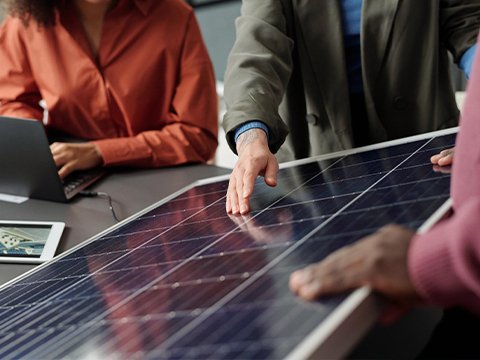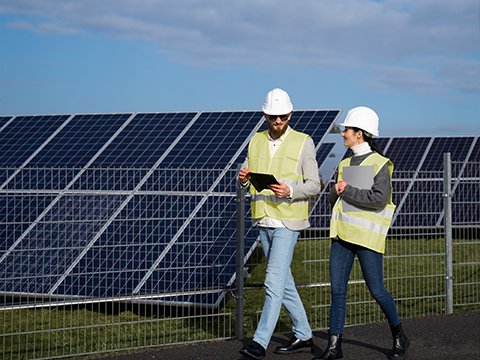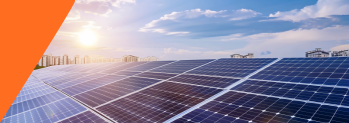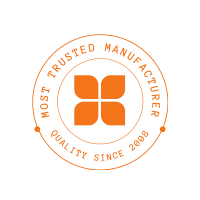Solar panels are a long-term investment in renewable energy and a means to lower energy bills. But, how long do solar panels last? It’s essential to understand the lifespan of solar panels, the role degradation plays, warranty coverage, and how to optimize performance as you plan your solar journey.
We will cover everything you need to know, from the types of warranties to outside factors that impact durability, and guide you on how to maximize the benefits of your solar system.
Understanding Solar Panel Warranties
When considering the purchase of a solar panel system for the home or business, one of the most important elements to consider is warranty coverage. Solar panel warranties are your long-term guarantee against manufacturing defects, performance issues (or degradation), and installation defects. Solar systems are designed to last for 25 years or longer, but knowing exactly what is covered in your warranty will give you less stress, more confidence, and assurance of reliable returns on your investment in green energy.
Types of Solar Panel Warranties
Most solar panel systems come with multiple layers of warranty coverage. The best solar installations will include a combination of the following:
What Does a Solar Panel Warranty Cover?
Solar warranties are designed to protect your investment from a range of potential issues. Depending on the warranty type, coverage can include:
1. Product Defects:
These are large-scale installations designed to produce massive amounts of electricity, typically in the megawatt range. Utility-scale solar farms are connected directly to the power grid and often supply energy to entire cities, industries, or state utilities. Built over acres of land, they use high-efficiency panels and are usually managed by power companies or large investors.
2. Performance Deficiencies:
Warranties also cover situations where panels fail to deliver the guaranteed energy output. This includes cases of hot spots or clusters of dead cells that significantly reduce overall performance and energy yield.
3. Installation & Labor Flaws:
Some warranties extend to installation-related issues such as loose panel mounts or unstable racking that compromise system safety. They may also cover faulty wiring, conduit, or grounding that leads to electrical problems. Roof leaks caused by improper installation techniques are often included, as well as malfunctions in data monitoring systems that prevent accurate performance tracking.
How Solar Cell Quality and Manufacturing Impact Durability?
The efficiency, durability, and long-term performance of a solar panel heavily depend on the quality of its solar cells. High-purity materials and better manufacturing methods lead to better durability and efficiency.
High-quality assurance and strict quality control during manufacturing help prevent issues like micro-cracks and impurities in solar cells. When quality is managed effectively from the start, the focus can shift toward using high-purity materials and precise production techniques that reduce defects. Micro-cracks and contamination can lower efficiency and speed up degradation.
In contrast, poor manufacturing practices or low-grade materials often lead to substandard modules that degrade faster and deliver less energy over time, reducing overall return on investment.
Factors That Impact the Lifespan of Solar Panels
1. Quality of the Solar Panels:
The better the quality, the longer the panels will last. High-quality panels are made with durable materials and strong manufacturing standards, making them more resistant to damage from sun exposure and temperature changes. Cheaper panels might cost less at first, but often wear out faster and may need to be replaced sooner.
2. Quality of Installation:
If they’re not installed correctly, like being mounted loosely or at the wrong angle and direction, it can lead to cracks, water leaks, and poor performance. Following the manufacturer’s guidelines and using experienced installers helps to install the solar panels at the right angle and direction.
3. Regular Maintenance:
Cleaning your panels and checking them regularly keeps them running smoothly.
4. Weather and Climate Conditions:
Where you live can impact how long your panels last. Extreme heat, strong winds, hail, and heavy rain can wear them down over time. Coastal or humid areas may also cause corrosion if the panels aren’t well-protected.


Average Lifespan of Solar Panels
The average lifespan of solar panels is typically between 25 and 30 years. Over time, their energy output slowly decreases, a process known as the degradation rate. According to a 2021 study by the National Renewable Energy Laboratory (NREL), most panels degrade at a rate of 0.5% to 0.8% per year, meaning they still produce 80–87% of their original output by year 25. With advances in solar technology, many modern panels degrade more slowly, and premium brands like Maxeon offer rates as low as 0.25%.
Tips For Maintenance and Installation
Taking proper care of your solar panels and ensuring correct installation are key to maximizing their lifespan and long-term performance. Here are some practical tips to help you get the most from your solar system:
Manufacturer Warranties vs. Real-World Performance After 25+ Years
Manufacturer warranties serve as a promise of product quality, covering defects and performance guarantees for a defined period, often 25 to 30 years in the case of solar panels. However, real-world performance over decades can be influenced by many external factors not accounted for in the warranty terms.
Factors That Affect Solar Panel Lifespan
Long-Term Considerations
While warranties don’t guarantee how a solar system will perform after 25+ years. That’s why it’s essential to:
FREE SOLAR EXPERT CONSULTATION
Conclusion
Warranties are a great starting point, but real-world performance and maintenance will ultimately determine the longevity and value of your solar investment. Understanding both is key to making a confident, long-term decision. Solar panels are built to last, but understanding their lifespan, proper maintenance, and warranty coverage can help you get the most out of your investment. With modern panels offering higher efficiency and lower degradation rates, upgrading older systems is often a smart move, especially if your current setup is underperforming. For long-term savings and reliability, consider exploring advanced solar solutions from trusted providers like Alpex Solar, known for delivering high-quality, durable solar technology.




